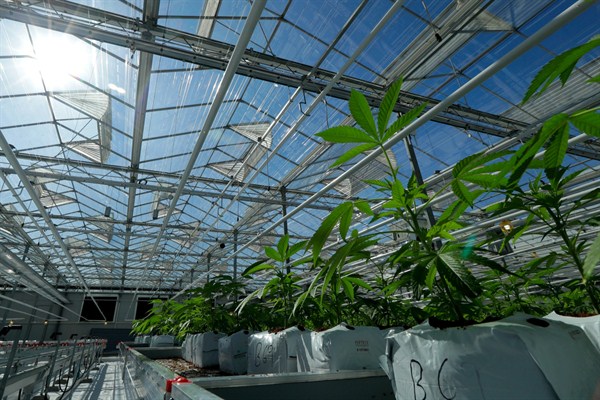CALGARY, Canada—After years of campaign promises, delays and contentious Senate debates, marijuana legalization is finally coming to Canada on Oct. 17. The milestone will make Canada the second country—and the largest—to legalize the drug for recreational use; Uruguay made the same move in 2013. It therefore offers unique opportunities for other countries to learn from the resulting triumphs and pitfalls.
The Cannabis Act was originally tabled in the spring of 2017 with the goal of legalization by Canada Day—July 1—of this year. Demands for more research input and coordination with the various levels of government and industry stakeholders slowed the process. But now, ready or not, Canada is moving forward.
Ultimately, the goals of legalization, as laid out by Prime Minister Justin Trudeau’s Liberal government, were to eliminate the black market, provide a regulated and safe supply of marijuana to legal users, and to stop rampant underage use. Trudeau’s government laid out a framework for the policies surrounding legalization, but that only offered the shell of a plan, leaving further details to be worked out individually by the country’s 13 provinces and territories. On top of that, municipal bylaws alter how legalization will look from one city to the next.

